More than just technical specifications determine who has the greatest camera phone. To find out which phone’s camera captures the best images under various lighting settings, we compare every smartphone we examine to its closest rivals.
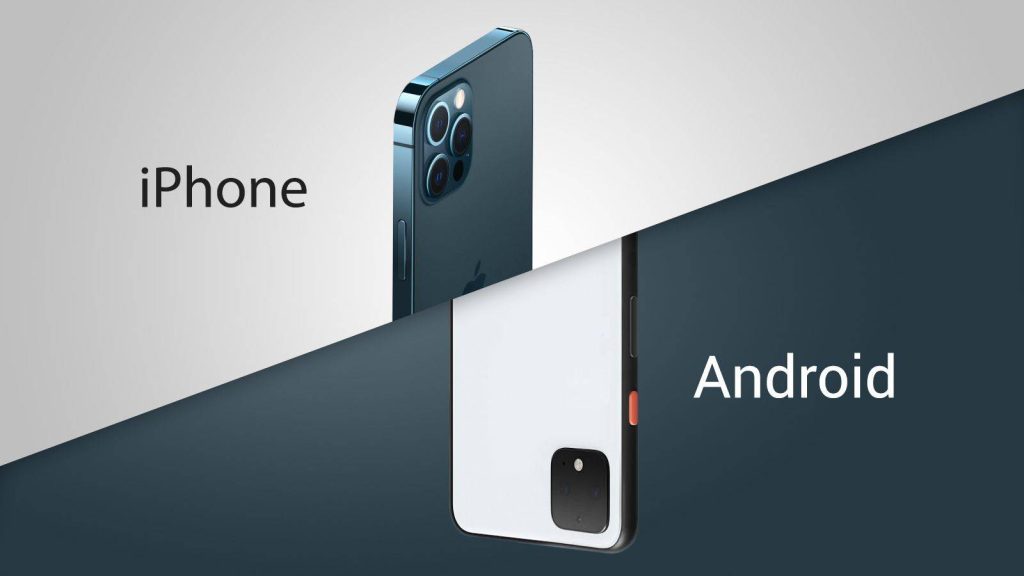
We identify smartphones that capture priceless photos and once-in-a-lifetime moments you’d miss with less capable handsets thanks to the rigorous camera testing we do on phones. In order to extract the greatest light, colour, and detail from any situation, we’re seeking camera phones that combine the best sensors with computational photography and AI.
These are the top camera phones available right now after countless hours of testing and photo comparisons.
iPhone 14 Pro / Pro Max
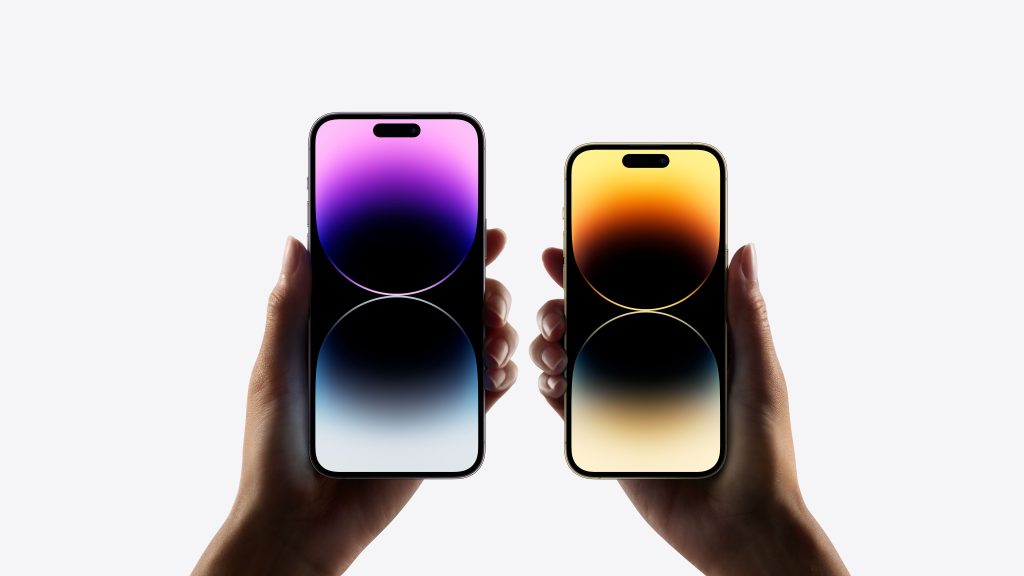
The performance and cameras of the iPhone 14 Pro / Pro Max are finest in class, making it the perfect smartphone. The brand-new 48MP primary sensor is incredibly powerful, providing photographs with stunning colours and illumination that are perfectly clear. Additionally, the size of the ultrawide lens increased, allowing more light to enter. The telephoto stays at 3x, which in light of the competition seems a little low.
Additionally, the primary sensor has a built-in 2x optical zoom, enabling you to get quad-pixel quality on a zoomed image. For mid- and low-light scenarios, Apple’s new Photonic Engine enhances the company’s computational photography. On a smartphone, there are no better all-around cameras.
Samsung Galaxy S22 Ultra

The Galaxy S22 Ultra’s camera setup hasn’t seen any significant modifications from the S21 Ultra, but the improvements are still extremely welcome. The 108MP main camera, for example, has a bigger sensor, which lets in more light. When you’re photographing at dusk or at night, a Super Clear Glass covering that lens prevents flare. When using the Galaxy S22 Ultra’s Night mode, you’ll get better low-light photos and some sharp pictures as a consequence.
The Galaxy S22 Ultra’s additional camera enhancements are software-based. You now have improved AI high-res processing, adaptive pixel technology that combines 9 pixels into one (another improvement for low-light photos), and 4x faster multi-frame processing. AI Stereo Depth Maps help in portrait mode to better distinguish your subject from the scene’s background. Additionally, a video Auto Framing feature detects up to 10 subjects and maintains their focus while you shoot. With the launch of its camera update in June 2022, Samsung has already given these software features a boost. The performance of portrait mode has been upgraded, and Single Take has had a glitch fixed.
Huawei P50 Pro
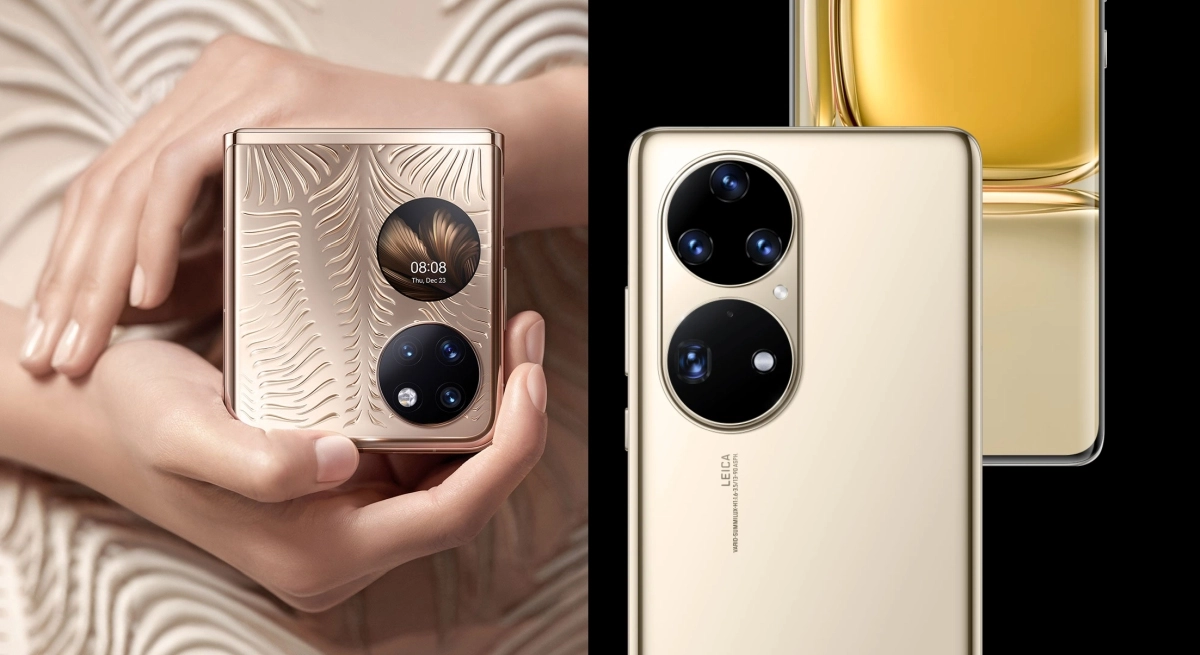
While Huawei’s phones often have a mixed reputation among consumers, they excel as camera phones, and the P50 Pro is no exception. The 50MP wide-angle camera and 40MP black-and-white camera on this phone work together to produce excellent photos whether you’re close to the subject or far away, in good lighting conditions or at night, and whether you use AI optimization or not.
Additionally, there is a high-resolution zoom camera and a practical ultrawide camera to ensure that you can take a variety of images with ease. It is possible to record videos in 4K and 60 frames per second, a resolution and framerate that are not always found in mobile devices. You can even record 4K video using some of the other lenses except the primary one.
This is a fantastic camera phone; photographers will adore it. Because Google’s Play Store isn’t available, the absence of apps may bother you as a user of an everyday mobile, which could be problematic for those who want photo editing tools (though lots of options, including social media platforms, can be side-loaded).
Oppo Find X5 Pro
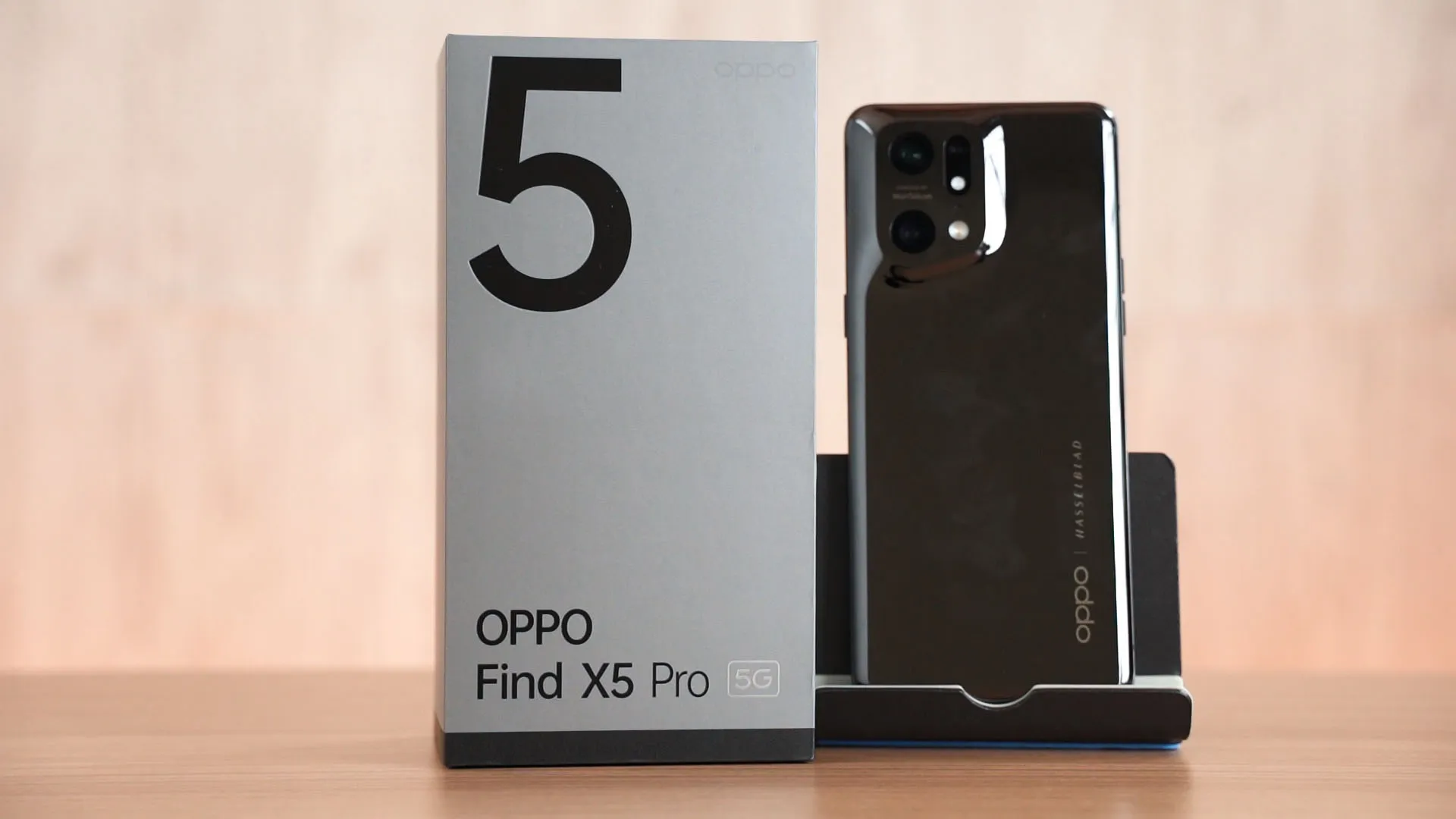
Depending on the lens you’re using, the Oppo Find X5 Pro’s camera may be both one of its strongest and worst points. Both the 50MP f/1.7 primary camera and the 50MP f/2.2 ultra-wide camera are excellent. Both cameras are capable of taking photographs that are vivid, accurate, and colourful. But when you switch to the 13MP f/2.4 telephoto camera, things start to go south because most competitors outclass its 2x optical zoom.
The Oppo Find X5 Pro, however, is a highly recommended option for photographers if you’re not particularly interested in zoom images. This is made possible by the device’s MariSilicon X neural processing technology and the company’s partnership with the Hasselblad brand of cameras.
This partnership brings improvements to the Pro photography mode as well as an exclusive XPan mode that mimics the operation of the venerable Hasselblad camera. A competent 32MP selfie camera is located on the front, and you can take video at either 4K or 1080p with superb stabilisation.
Xiaomi 12 Pro
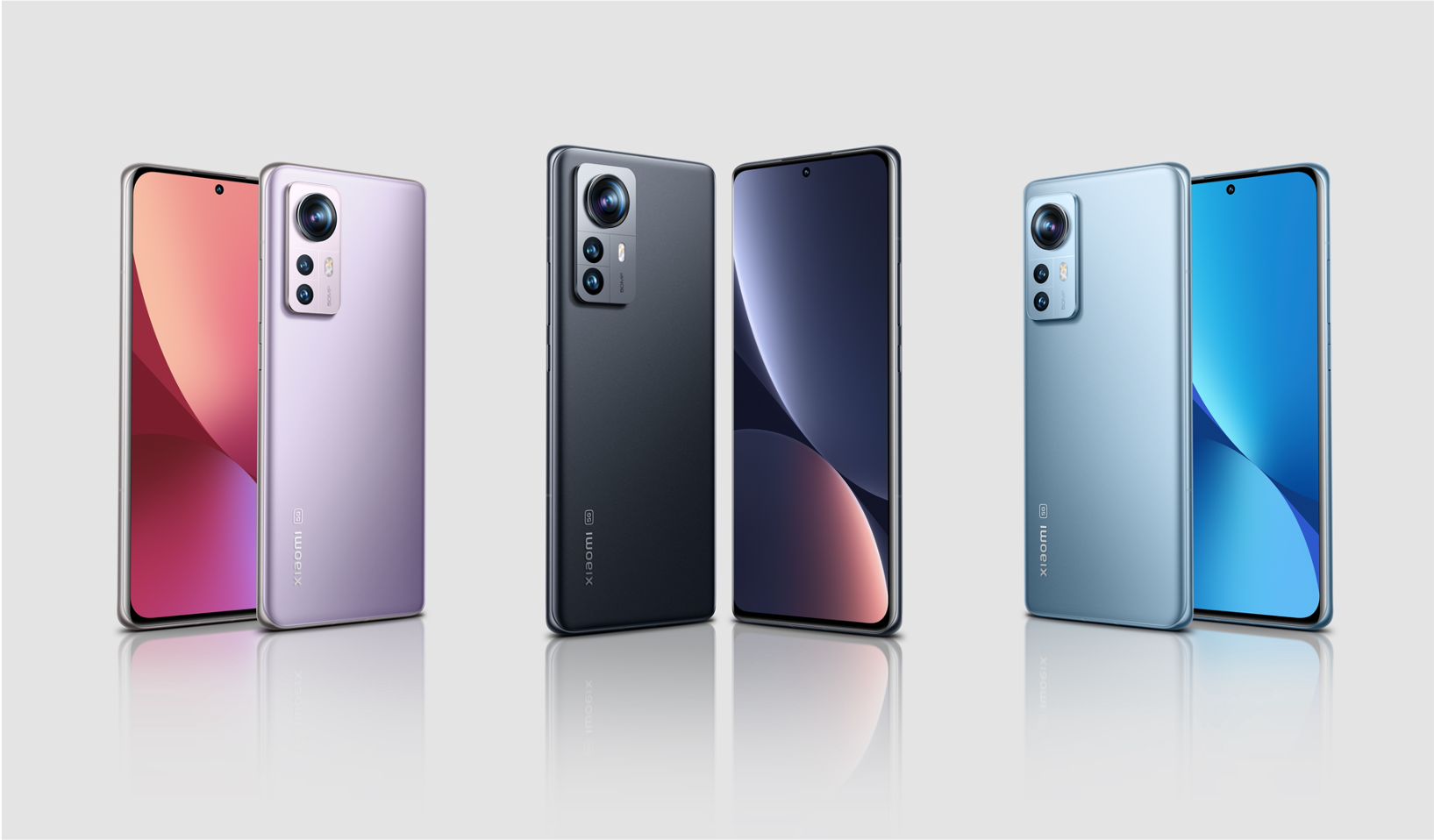
Due to the Xiaomi 12 Pro’s rear housing a trio of 50MP sensors, the camera configuration is simple to recall. There are three different apertures: the f/1.9 primary, f/2.2 ultra-wide, and f/1.9 telephoto (offering 2x optical zoom).
The first two stand out, particularly the primary snapper. Using a 1/1.28-inch Sony IMX707 sensor—larger than those seen in even the majority of high-end smartphones—this produces beautiful images with an abundance of depth, clarity, excellent sharpness, and organic colours.
Despite having a smaller sensor, the ultra-wide snapper can catch colours accurately and has a 115-degree wide field of view. Finally, while the 2x optical zoom snapper performs admirably at that distance, it falls short of many competitors’ phones’ optical reach. Optical zoom can compensate for that, though.
The Xiaomi 12 Pro is impressive for most photo kinds as well as for recording video because video capture is still outstanding (as long as the lighting is favourable) and has decent stabilisation that kicks in even at 8K resolution.
For those seeking a terrific way to start a social media pipeline, Xiaomi also has a tonne of photo and video modes. You may take unique pictures or videos with its Sky editing modes, Clone photo or video, and Dolly Zoom video options. These features set it apart from its competitors.
